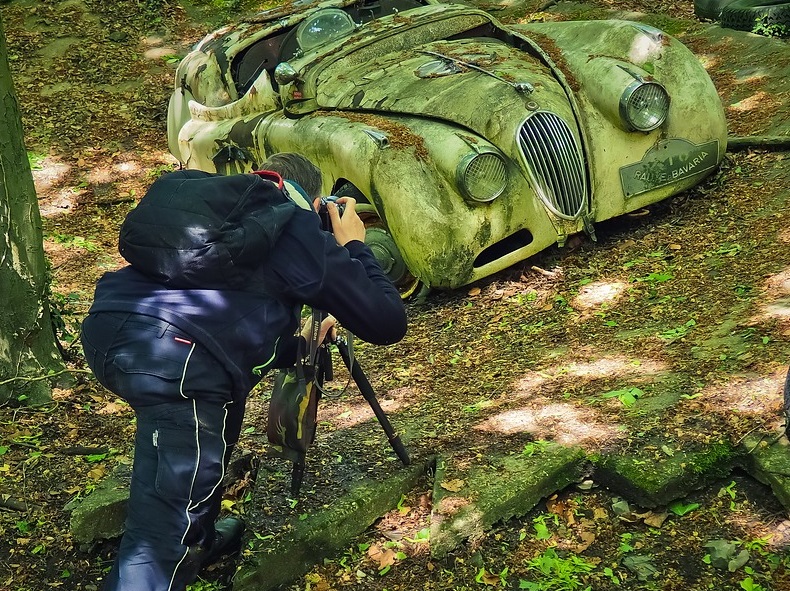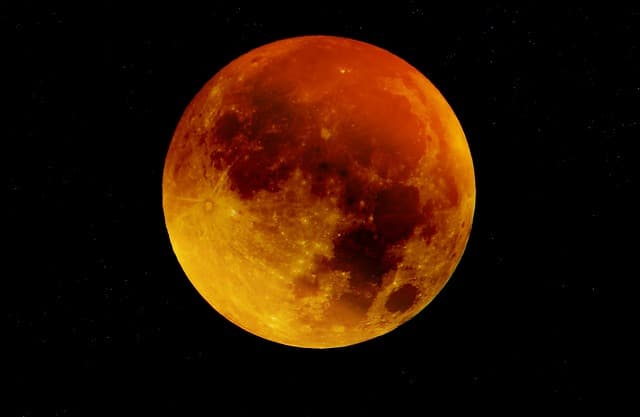
The super blue blood moon is coming up on January 31. This means that photographers all over the country will be finding ways to get the best distance, angle, and lighting to capture the moon its full essence.
The Challenge of Capturing the Blood Moon
The super blue blood moon is usually quite a challenge to take a picture of. As if night photography isn’t difficult enough. Using the righting aperture and shutter speed settings are important to capture the moon as you see it.
This is definitely a rare celestial occurrence and will definitely gain you a lot of recognition and attention once you capture this event very well. Aside from this, you can add this unique capture as a wonderful piece right at your photography portfolio.
Whether you are an aspiring nature photographer or just someone who likes to capture these one-of-a-kind instances in life, here are some useful tips to help you capture good photos of the blue moon.
According to Ismail Sirdah, an expert photographer, here are 5 things you can do to optimize your super blue blood moon photos.
How to Photograph the Super Blue Blood Moon
1. Choose an elevated position
To capture a larger size of the moon, make sure to position your tripod or set yourself up on an elevated area. This can include building rooftops, terraces, or tower decks. Make sure that there are no obstructions from where you’re at and the moon is faced in the direction where your setup is. The super blue blood moon is usually larger in size then capturing it in its usual form, but it is better to take a photo from an elevated position so you can flesh out more details and create a level of sharpness that only distance can make.
2. Stabilize your camera
As what was mentioned, it will be useful to enhance your blood moon’s photo by stabilizing your camera. Shaky hands won’t do the trick. Make sure to use a tripod to reduce any chance of blurs, as there is only a specific timeline where you can take the moon in its optimal form. It’s better to be prepared than to make corrections and miss the blood moon’s appearance later on. It will be helpful to set up your tripod, ready to shoot at least a few minutes before the sunset to allow you to find time if there are additional adjustments.
3. Night settings
After setting up your tripod and camera, perform your usual night time photography settings. These usually do not have to have a camera flash. A basic guideline for most lowlight photography is an aperture of f/8, shutter speed of 30 seconds and ISO of 100. This, of course, is just a basic guideline. Know your camera’s best manual settings for night time photography and apply them even before sunset. You can make multiple test shots to see the best settings for your camera.
4. Turn off other sources of light
If it is possible, make sure to remove all other sources of light in your vicinities, such as roof deck lights, bulbs, and lamps that may affect the quality of your photo. The super blue blood moon can be seen better in photos when there is minimal light pollution. If it helps, you can also angle your camera away from the sources of light. Avoid including these portions of light in the frame of your shots to avoid affecting the final result of your blood moon photos.
5. Do burst shots
A lunar eclipse is a time-based event. It is better to take as many shots as you can to get a higher chance of acquiring a good quality photo. To do this, you can change your settings to burst mode, where you can take multiples of 10 on a single press. Most DSLRs would have this setting, as well as some digital cameras and handheld devices. After getting these burst photos, you can pick the best shots during your editing phase.
6. Consider using a photo editing device
Even if you did your best getting the best shot of the super blue blood moon, there may be still some elements that need room for improvement. Maybe you like your photo to improve in its contrast, to make the moon more reddish in appearance, or to remove other visual distractions in the photo. In this case, you can use photo editing devices such as Adobe Lightroom or Adobe Photoshop to help you adjust the exposure of your blood moon photos.
“Capturing the super blue blood moon in its best form can be a great experience as an amateur or even an expert photographer,” Ismail Sirdah says. It is a test of your skill in timing, camera-setup and photo processing. Take a chance and plan your blue moon photo session before it passes by.
